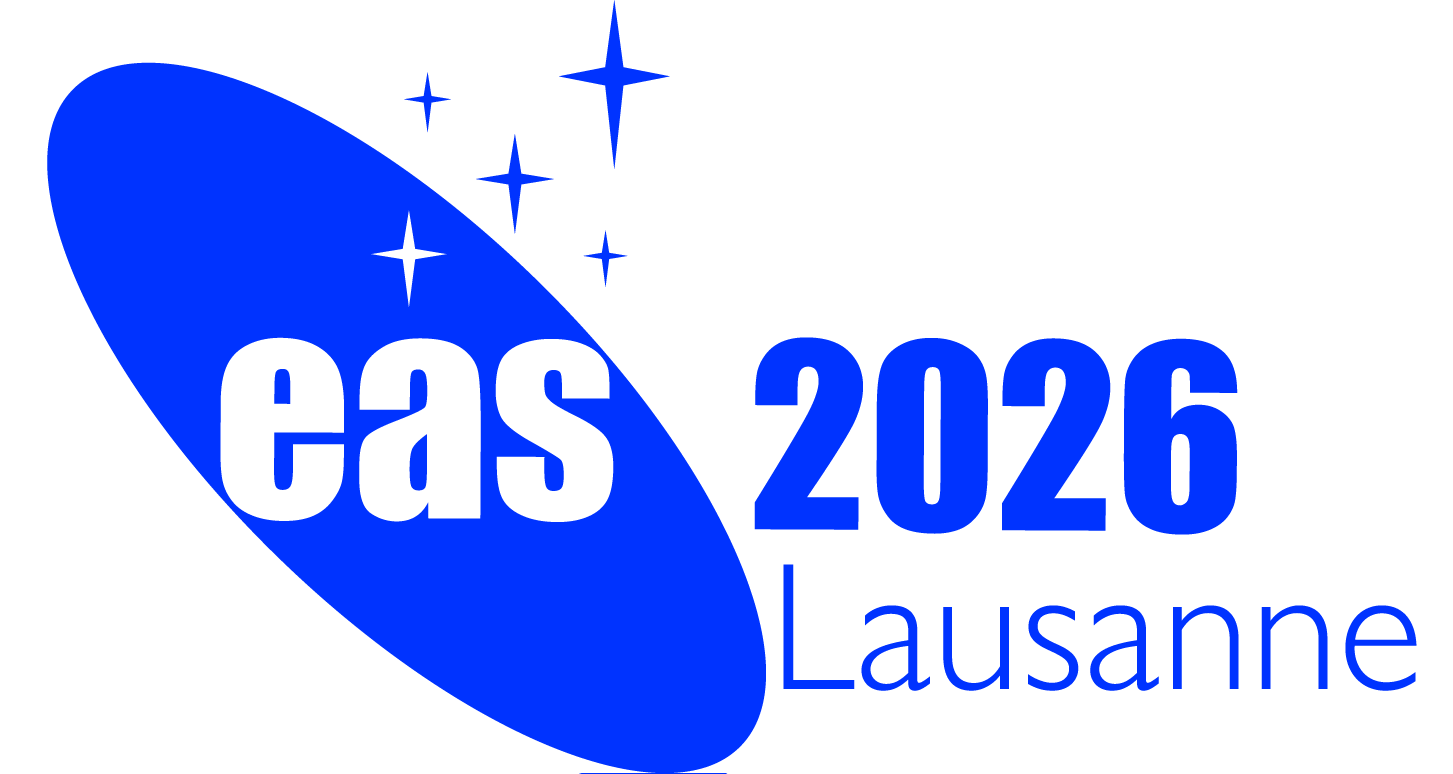Symposia S13
Massive supergiants in focus: single, binary and stellar merger pathways across the Hertzsprung Russell Diagram

News:
Invited speakers list is being updated!
Aims and scope
In the era of large-scale surveys, the myriad evolutionary paths that massive stars take
as members of binary systems, products of stellar mergers or as single stars toward their demise as supernovae and their resultant remnants, require systematic investigation. Central to this are the massive supergiants, which are the brightest stars in stellar populations that can be observed at large distances, but whose origin, evolutionary status and eventual fates are uncertain. In this meeting, we will unite theorists and observers to develop a holistic framework linking post main-sequence massive stars to their transient endpoints and cumulatively assess:
- Evolutionary connections between different populations of evolved massive stars (e.g. BSGs, YSGs, RSGs, LBVs, B[e]SGs, hypergiants) using their stellar and binary properties (e.g. mass-loss, multiplicity, rotation rates, mergers, runaways, etc.)
- Missing physics in rapid simulations and detailed modelling that could bias current predictions.
- Connections between the observed diversity of supernovae and supergiant progenitors.
- Compact object formation predictions from supergiant models.
- Be stars, B[e] stars and high-mass X-ray binaries, as laboratories to constrain binary evolution.
Programme
- Observations of evolved massive stars: Insights from single- and binary-star observations to establish connections between elemental-abundance, multiplicity, and kinematic studies, and to define observational sequences that can be tested by theory.
- Theory, models and simulations of evolved massive stars: Advances in 1D stellar-evolution models and population-synthesis frameworks for single and multiple systems, spanning phenomena such as common envelopes, X-ray binaries, and stellar mergers, along with unusual evolutionary channels, missing physics, and statistical comparisons tailored for current and next-generation observations.
- Current and upcoming facilities: An overview of observational synergies between present and next-generation facilities such as Gaia, TESS, and JWST, and the transformative impact of forthcoming facilities including the ELT, Roman Space Telescope, 4MOST, and WEAVE on massive-star populations.
- Observations of supernovae and compact objects: Exploring the black hole and neutron star remnant landscape revealed by gravitational-wave detections from LIGO-Virgo-KAGRA in tandem with the diversity of core-collapse supernovae observed by volumetric surveys such as ZTF and Rubin-LSST.
- Simulations of supernovae and compact objects: Advances in modeling core-collapse supernovae using light curves, ejecta spectra, and population-synthesis predictions for compact remnants. Emphasis is placed on disentangling single-star, binary, and merger channels, and on synergies between 1D, 2D, and 3D simulations.
- Discussion: An open-floor discussion led by a panel of experts composed of invited and contributed speakers from the symposium, facilitating cross-talk between theorists and observers to identify next steps in the field and seed new collaborations and scientific projects.
Invited speakers
Invited speakers list is being updated!
Scientific organisers
- Chairs: Athira Menon (Columbia University, NYC), Lee Patrick (Centro de Astrobiología de Madrid)
- Co-Chairs: Alceste Bonanos (National Observatory of Athens), Alex de Koter (University of Amsterdam), Norbert Langer (University of Bonn),
René Oudmaijer (University of Leeds)
Contact
aam2371 @ columbia.edu, lrpatrick @ cab.inta-csic.es
Updated on Fri Jan 16 08:53:14 CET 2026
|

 A power cut will shut down all EAS services on Tuesday, 10 January 2017 starting at 7:30 CET.
A power cut will shut down all EAS services on Tuesday, 10 January 2017 starting at 7:30 CET.

